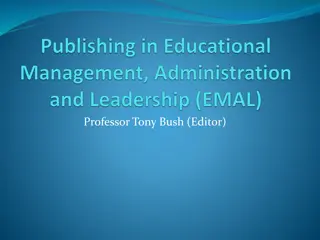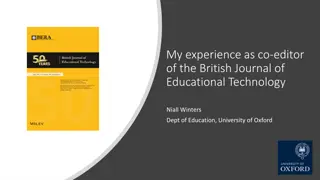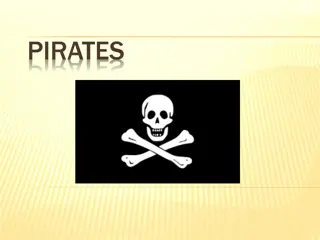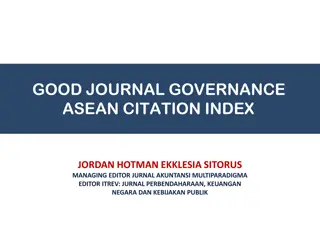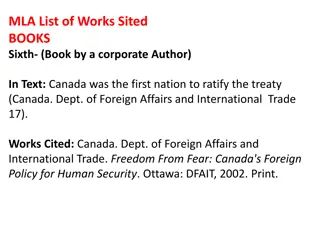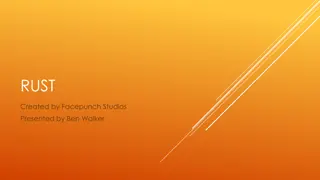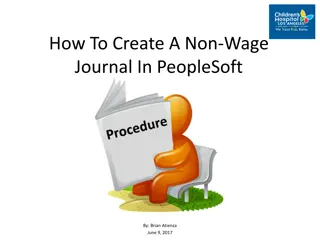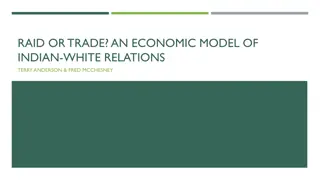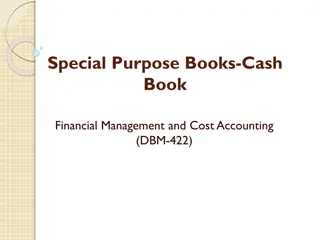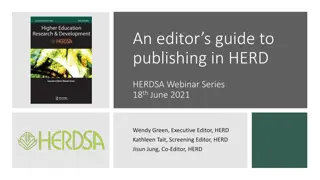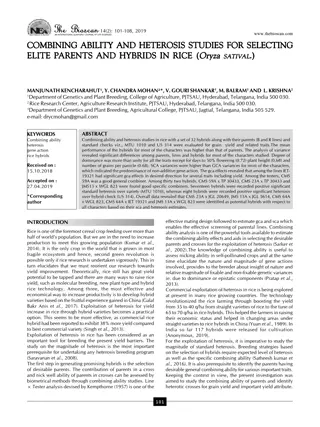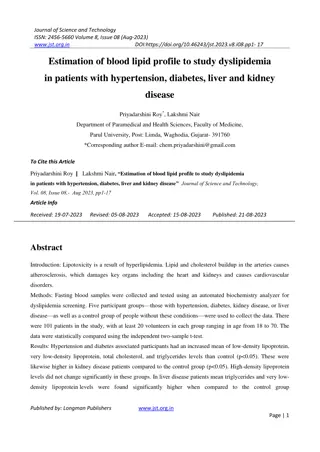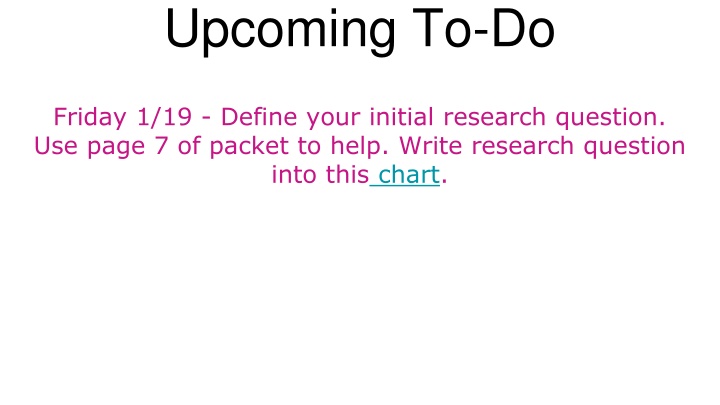
Researching Useful Sources for Holocaust and Genocide Studies
Explore the valuable sources utilized by Julia Smith in her research on the Holocaust and genocides, including museum websites, reports, and memoirs. Gain insights into the experiences of women during these tragic events, evaluating the reliability and significance of each source.
Download Presentation

Please find below an Image/Link to download the presentation.
The content on the website is provided AS IS for your information and personal use only. It may not be sold, licensed, or shared on other websites without obtaining consent from the author. If you encounter any issues during the download, it is possible that the publisher has removed the file from their server.
You are allowed to download the files provided on this website for personal or commercial use, subject to the condition that they are used lawfully. All files are the property of their respective owners.
The content on the website is provided AS IS for your information and personal use only. It may not be sold, licensed, or shared on other websites without obtaining consent from the author.
E N D
Presentation Transcript
Upcoming To-Do Friday 1/19 - Define your initial research question. Use page 7 of packet to help. Write research question into this chart.
Upcoming To-Do Friday 1/19 - Take notes on tertiary background sources. You may look at pages 4-6 of your packet for help with taking/organizing notes. The most important is to note the source for any information you record.
Upcoming To-Do 1/24 - Must have a book about your topic in your hand + 2-4 internet secondary sources such as academic journals. See page 10 in the packet for help with finding secondary sources and page 11 for help finding a book
Homework Homework for Wednesday 1/31: Raid your book and journal articles. Note check + write a sourcing paragraph about the sources you are using. This will be included (and added to) in your research paper.
Your Tweetergram about the Russian Revolution
Sourcing Paragraph (pg. 17) Example
1. Identifies the main sources 2. Explains what each was useful for 3. Connects sources to question 4. Evaluates the reliability of the source (type of source, author s credentials)
Julia Smith, Harvest Collegiate In researching my question, I came across many useful sources, which will be cited in this paper. Several different Holocaust museum websites were helpful, both for background information on the Holocaust and on other genocides. For example, I will be referencing the Holocaust Museum Houston s website s brief webpage on the Bosnian Genocide, as well as the US Holocaust Memorial Museum s webpage on women during the Holocaust. There is a report titled Sexual Violence during the Rwandan Genocide and its Aftermath on the Human Rights Watch website that I utilized for specific information on how women suffered during that genocide. It was written by Binaifer Nowrojee, a consultant to the Women s Rights Project, with help from other researchers and interviewers. On the subject of the Rwandan Genocide, I relied upon Machete Season: The Killers in Rwanda Speak by Jean Hatzfield to obtain specific details about how the perpetrators viewed women. While it is difficult to fully trust the stories of killers, as they may want to protect themselves, whatever they do admit to can be valuable information. The memoir Left to Tell: Discovering God Amidst the Rwandan Genocide, by Imaculee Ilibagiza, provided a first-hand account of a woman s experience hiding with other women in a bathroom throughout the genocide. While people s memories may obscure details over time, the overall story provides crucial evidence about women s trauma. Another book that I will reference is Different Voices edited by Carol Rittner and John K. Roth, discussing women s experiences during the Holocaust. Ayesha Umar s academic essay, From Bosnian Rape Camps to the US Court: The Story of Kadzic v. Karadzic, provided insight to my research that allowed me to expand my analysis to Bosnia.
The Source Game Indeed, letters in the Public Archive of Bahia show that by January 1636 the colonial administrators of Bahia were actively colluding with Portuguese rebels in Pernambuco. Pedro da Silva, the governor of Brazil, authorized an official, Sebasti o Valerio, to take grain and soldiers on boats to provide the army of General Luis de Royas with badly needed supplies to aid in the recovery of Pernambuco. Two years later, the governor similarly ordered an official to supply all soldiers with enough grain for two days and a sufficient amount of sugar to make garapa, a form of sugar-water, to give to the infantry for their maintenance and refreshment in their battles against the Dutch.[1] [1] APB, Proviss es Reias: 1636-1639, 9, 89.
Using a Hard Journal Article Option Journal Type Your Solution Option 1 Journal article is unreadable Discard the article Option 2 Journal article is readable and exactly related to topic Read the whole article Option 3 Journal article is somewhat readable and somewhat related to topic Skim the article and find 1-2 pieces of evidence to use in essay; makes you look smart. Option 4 Journal article is hard, you think it might be helpful but you re lost where to focus Go to Room 280D
Using a Book Option Book Type Your Solution Option 1 Book is highly academic; not related to topic; unreadable Discard the book Option 2 Book is readable and exactly related to topic Read the whole book Option 3 Book is somewhat readable and somewhat related to topic Follow instructions on Raiding a book (pgs. 12-13) Option 4 You Raided the book but are still lost Go to Room 280D
Being a Raider https://www.youtube.com/watch?v=aADExWV1bsM



